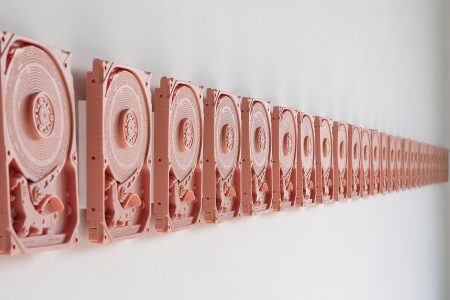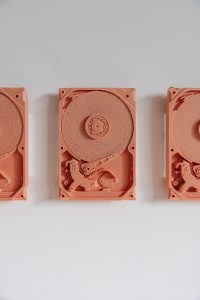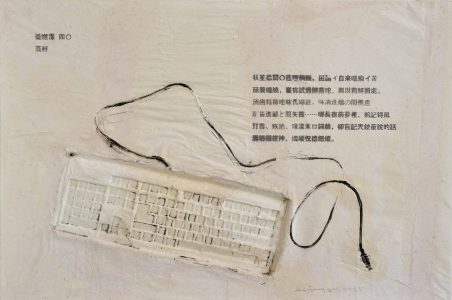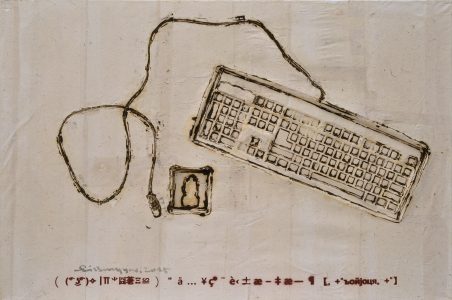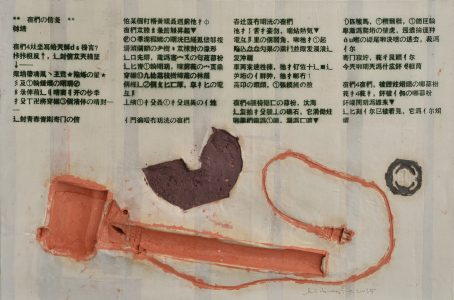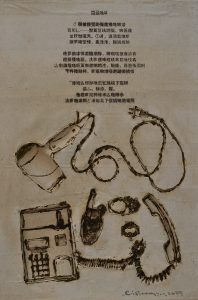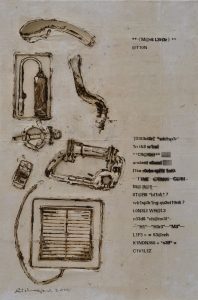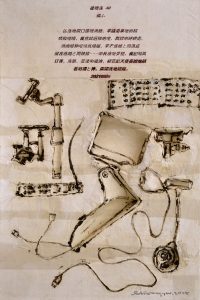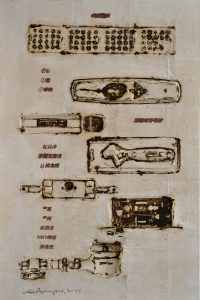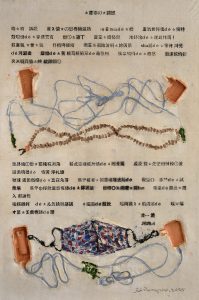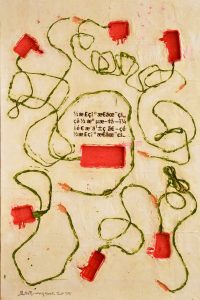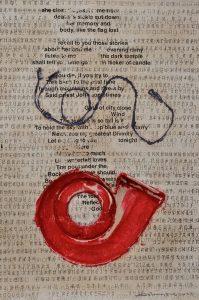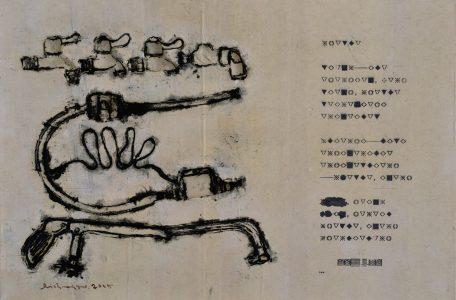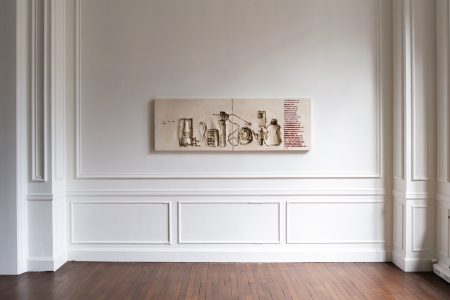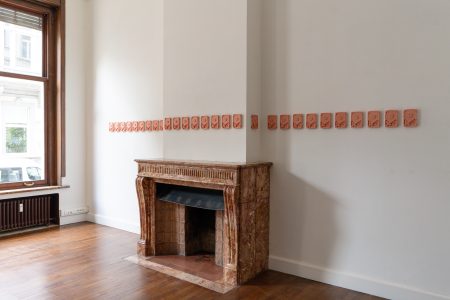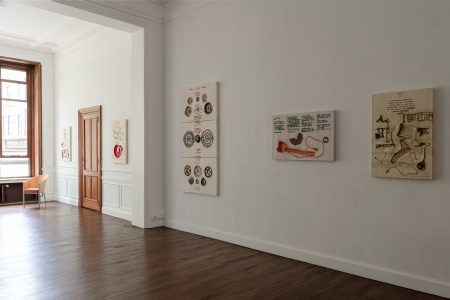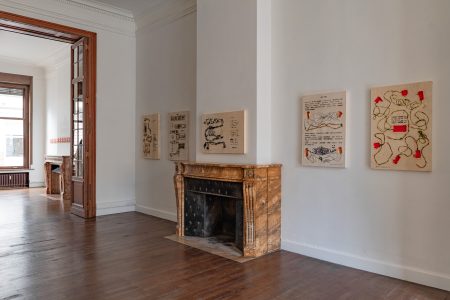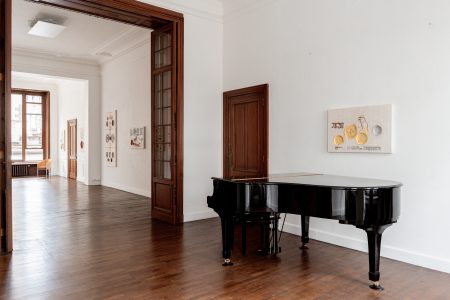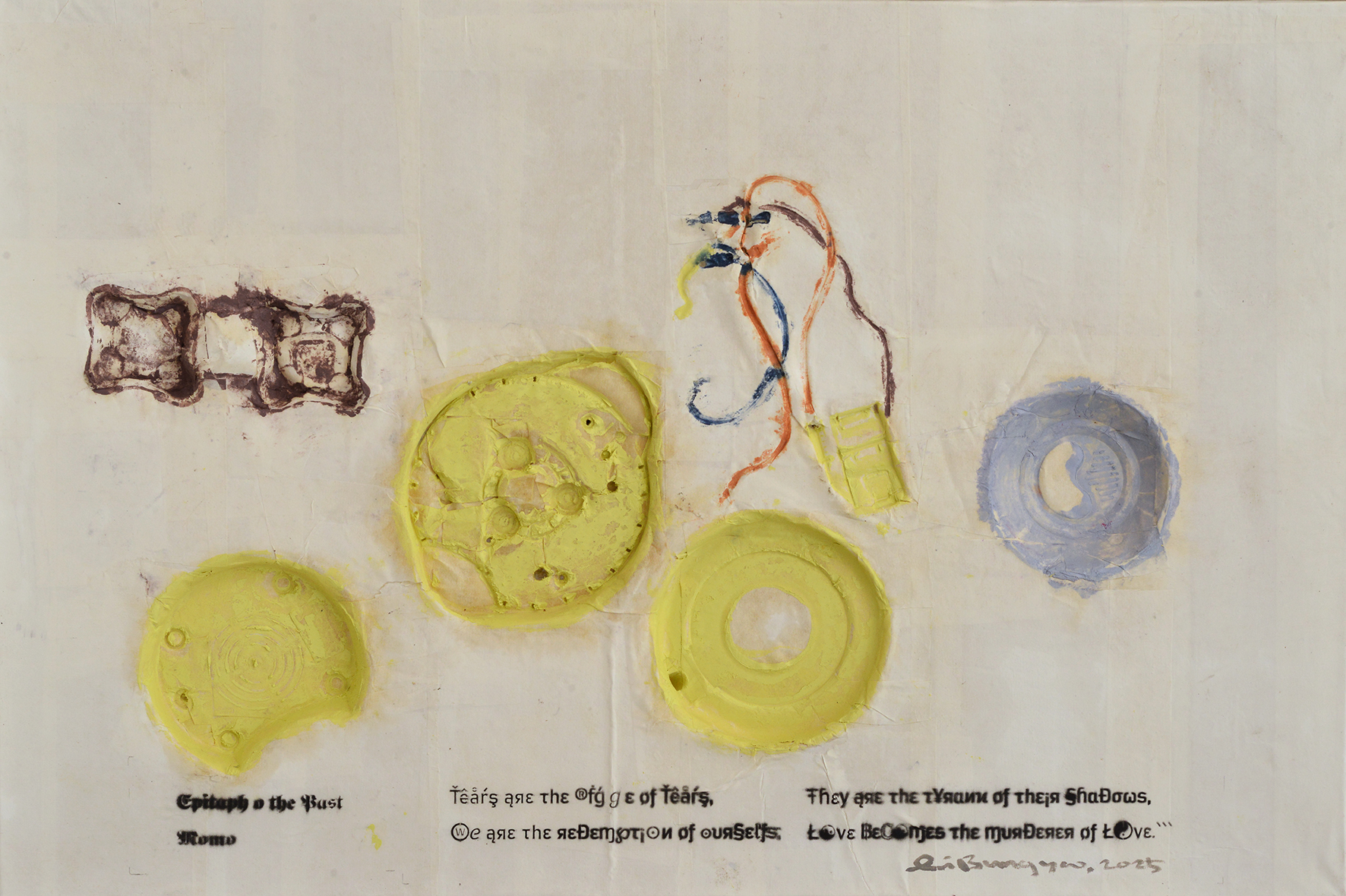
OPENING
FINISHING
Lost and oblivion
Following his residency exhibition in 2017, artist Li Bangyao returns this summer alongside his son Li Sen. Over the past eight years, our dialogue with this pivotal figure in China’s contemporary art scene has deepened continuously. Through his introductions, my partner Xiaoman and I have systematically visited the studios of artists at the forefront of Chinese contemporary art, engaging in profound conversations with this creative community. These artists, peers of Li Bangyao, collectively experienced the unprecedented cultural enlightenment movement of the 1980s, witnessing how China rapidly transformed consumerist objects into a core driving force for economic development amid the waves of reform and opening-up. It was within this historical context that the group of artists rallying under the banner of “Pop” began to adopt the lifestyles of consumer society as their creative theme. They keenly observed that, under the logic of consumerism, the practical function of objects was gradually being replaced by their symbolic value. This ideological impact from the West completely rewrote the trajectory of Chinese contemporary art, and artists rejoiced at their newfound creative freedom—finally liberated from the constraints of propaganda art.
From foreign culture to local transformation, the evolution of the “object” has always been the central theme of Li Bangyao’s artistic exploration. For these artists, the world of objects that constitutes modern life is shaping a new cognitive paradigm, and the advent of the digital age has further plunged humanity into the dual dilemma of data storage and material preservation. This exhibition focuses on the dialectical relationship between “objects” and “memory,” exploring loss and forgetting in contemporary society.
Li Sen’s installation Diary uses 3D technology to replicate an ordinary hard drive. Through 100 repeated castings, the drive and its inscriptions deteriorate from clear legibility to gradual erosion, until the text is entirely lost. The work stems from the artist’s personal anguish: a hard drive storing years of creative data suddenly failed, rendering all its contents irretrievable. This trauma, akin to amnesia, led him to reflect: when external storage devices become extensions of memory, does data loss equate to the death of part of the self? The piece reveals a cruel paradox of modernity: in an era where data dictates behavior, humans absorb information while simultaneously being replicated and alienated by it, giving rise to a pitiable “secondary humanity.” When both memory and identity are governed by data, the authenticity of human nature fades away.
Li Bangyao’s Nameless Poetry series, on the other hand, serves as human rubbings of “forgetting.” The work unfolds along two narrative dimensions: Li Bangyao collected a vast array of discarded industrial and household objects from metal scrap yards near his studio in Shunde, Guangdong, transposing their forms onto rice paper using traditional rubbing techniques. Simultaneously, he invited poets—primarily from Guangdong—to contribute verses, which were then transformed into deliberately obscured “Martian text” and superimposed over the rubbings. In the final visual text, the remnants of material civilization and the poetic expressions of the spiritual world become equally illegible. This meticulously crafted “double blur” directly addresses the communication crisis of contemporary society—in an age of material excess, spiritual exchange has instead fallen into unprecedented difficulty.
Confronting the global crisis of memory and existential anxiety, Li Bangyao and his son propose the contemporary mission of artists: to build bridges between the material, immaterial, and speculative worlds. This is not only the core theme of the exhibition but also a profound interpretation of the social function of contemporary art.
